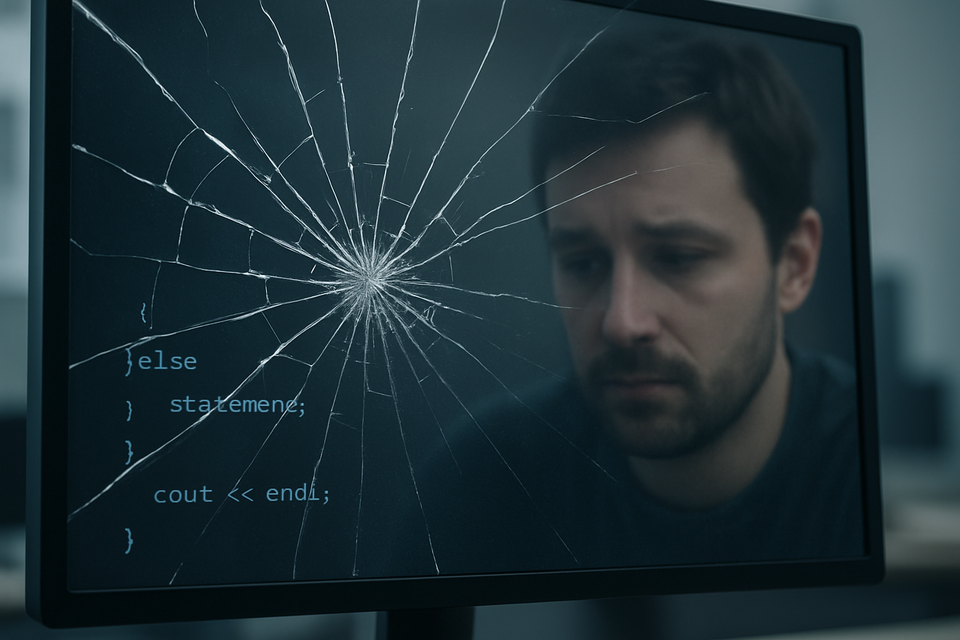Broken Windows and Dysfunctional Teams

Introduction: Broken Windows as a Lens
In criminology, the broken windows theory suggests that visible signs of disorder, such as a smashed window left unrepaired, invite further disorder. The idea was popularised in the 1980s through James Q. Wilson and George L. Kelling’s article, and later developed in George L. Kelling and Catherine Coles’ 1996 book Fixing Broken Windows: Restoring Order and Reducing Crime in Our Communities.
It became the basis for New York’s policing strategy under Mayor Rudy Giuliani in the 1990s. By addressing seemingly minor infractions such as fare evasion or graffiti, the city aimed to restore order and reduce major crime. Whether one agrees with the outcomes or not, the metaphor is powerful: unattended disorder signals permissiveness, and permissiveness invites further decay.
The same pattern applies in organisations. Teams, like cities, are fragile ecosystems shaped by small signals of care or neglect. A leader’s willingness to notice and act on the smallest cracks often determines whether a culture strengthens or deteriorates.
What a Broken Window Looks Like in Teams
In a team, a "broken window" might be:
- A missed deadline without follow-up.
- A passive-aggressive comment left unaddressed.
- Poorly written code merged without proper review.
- Ceremonies such as stand-ups or retrospectives skipped repeatedly.
- Team members disengaging silently in meetings.
- A lack of clear metrics to measure progress or quality.
Each small fracture signals what is tolerated. When these signs are left unchallenged, they accumulate, legitimise mediocrity, and create fertile ground for dysfunction.
The Spiral of Dysfunction
Unchecked, these signals multiply:
- Standards slip further with each compromise.
- Toxic behaviours become embedded in daily routines.
- Morale and trust erode as people disengage.
- Accountability evaporates, leaving no one responsible for outcomes.
- Without metrics, teams lose visibility of decline and cannot self-correct.
The result is rarely a single dramatic collapse but rather a slow, creeping deterioration. Like a city block with too many broken windows, the team becomes a place where excellence struggles to survive. As fragility prevails, individuals construct protective walls under the false pretence that every honest feedback is an act of aggression. Fragility becomes routine, and fear-driven development takes hold.
A Case Study: The Silent Drift
Consider a software team that gradually abandoned its ceremonies. At first, retrospectives were occasionally skipped in the rush to meet deadlines. Soon, stand-ups became perfunctory, with cameras switched off and minimal engagement. Metrics that once provided clarity on code quality and delivery predictability were neglected. Feedback was increasingly avoided, as criticism was perceived as hostility. Over several months, delivery slowed, defects multiplied, and trust among colleagues weakened. By the time leadership intervened, dysfunction had become entrenched. The cracks had been visible from the beginning, yet because no one acted to repair them, the environment deteriorated beyond recognition.
Fixing Windows Early
The lesson from New York’s approach is not about policing methods but about signalling. Leaders cannot afford to ignore the first signs of disorder, however minor they may appear. Repairing the first broken window sets a clear and lasting tone:
- Act swiftly and visibly when standards are breached.
- Reinforce that quality, respect, and accountability are non-negotiable.
- Demonstrate through action that the environment is valued and cared for.
By addressing small issues promptly, leaders communicate that the team’s health matters. Care at the margins protects the integrity of the whole.
Practical Guidance for Leaders
- Monitor signals of neglect: observe tone in communication, patterns of missed commitments, or signs of frustration that remain unspoken.
- Intervene consistently, not selectively: inconsistency breeds cynicism, whilst fairness builds trust.
- Celebrate acts of care: recognise the person who improves documentation, the colleague who raises a difficult truth, or the engineer who upholds standards under pressure. Celebrating such small victories makes a significant difference, reinforcing that positive behaviour is valued.
- Close feedback loops: employ stand-ups, retrospectives, one-to-ones, or anonymous surveys to detect cracks before they widen.
- Model care yourself: leaders who safeguard standards in their own work provide the strongest example.
- Value ceremonies as cultural signals: stand-ups and retrospectives are more than routines. They demonstrate that communication, reflection, and alignment matter. Neglecting them conveys the opposite message, that the team is too busy to look after itself.
- Respect foundations fully: uphold basic agreements, working practices, and engineering standards. Foundations are not optional. They anchor the team’s stability, and disregarding them creates fractures that spread rapidly.
Closing Thought
Dysfunction is seldom sudden. It creeps in through neglected details. Giuliani’s New York strategy may remain unreasonably and emotionally debated, but the underlying insight holds: if one wishes to prevent large problems, one must repair small ones promptly.
In teams, fixing the first broken window is not about control but about care. It signals that people, standards, and outcomes matter. That simple, visible act can halt a spiral into dysfunction and sustain an environment where excellence continues to thrive.
As Kelling and Coles argued in Fixing Broken Windows, the discipline of repairing small cracks is less about authority than about signalling care and responsibility. An insight that holds as true for teams as it does for cities.





Member discussion